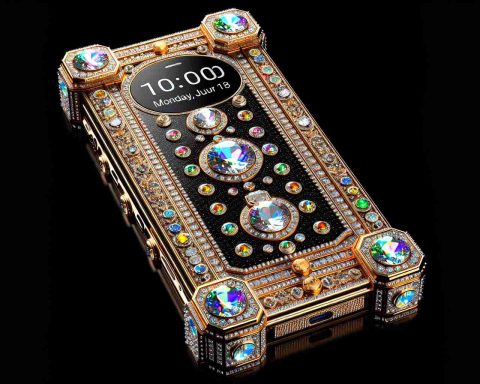In an era marked by rapid industrial advancement, industrial lighting is undergoing a significant transformation, driven by cutting-edge technologies that promise not only efficiency but also enhanced safety and sustainability. Modern industrial environments demand more than mere illumination—they require intelligent lighting solutions that adapt dynamically to changing operational needs.
One of the revolutionary innovations making waves is the integration of smart lighting systems. These systems utilize sensors and IoT connectivity to adjust lighting in real-time based on activity levels and daylight availability. This adaptability not only reduces energy consumption but also extends the lifespan of lighting fixtures, significantly cutting down maintenance costs and environmental impact.
LED technology continues to dominate the industrial lighting sector. Recent developments in LED efficiency and color rendering have resulted in superior lighting quality, crucial for environments where precision work is essential. Moreover, the ability to produce LEDs in various shapes and sizes allows for highly customizable solutions tailored to specific industrial applications.
When considering the future, the introduction of human-centric lighting into industrial settings is on the horizon. This technology adjusts lighting to align with the natural human circadian rhythm, enhancing worker productivity and well-being. The adoption of such holistic approaches reflects a futuristic vision where industrial lighting not only supports operational efficiency but also prioritizes human health and environmental sustainability.
The convergence of these technologies signifies a new era for industrial lighting, positioned at the intersection of innovation, efficiency, and ecological responsibility. As industries move forward, embracing these advancements will be essential for staying competitive and fostering a more sustainable future.
Revolutionizing Industrial Spaces: The Future of Smart Lighting
In the fast-paced arena of technological advancement, industrial lighting is making strides beyond traditional illumination to embrace intelligent and efficient innovations. With the rising demand for adaptable and sustainable lighting solutions, the role of industrial lighting is expanding, led by key breakthroughs in technology.
Innovations in Smart Lighting Systems
Smart lighting systems are transforming industrial environments by integrating sensors and Internet of Things (IoT) technology. These sophisticated systems dynamically adjust lighting based on real-time data such as activity levels and natural light availability. This not only optimizes energy consumption but also extends the lifespan of lighting installations, reducing long-term costs and environmental impact. Industries focusing on energy efficiency and cost-saving strategies will find this technology invaluable for operational sustainability.
Dominance of LED Technology
LED technology remains a powerhouse in industrial lighting, with continuous improvements enhancing its efficiency and color rendering capabilities. This is particularly important in settings where accuracy and detailed work are crucial. The versatility of LEDs, being produced in various shapes and sizes, offers tailored solutions that can meet the unique needs of different industrial applications. As industries focus on precision and customization, LED solutions provide a perfect match.
Emerging Human-Centric Lighting
Poised to be a future trend, human-centric lighting is gradually making its way into industrial settings. This innovation is designed to mimic the natural human circadian rhythm, promoting increased productivity and well-being among workers. By optimizing lighting for human health, industries can create environments that not only enhance performance but also contribute to employee wellness—a consideration increasingly important in today’s workplace culture.
Pros and Cons of Modern Industrial Lighting
Understanding the advantages and potential drawbacks of modern industrial lighting is crucial for informed decision-making:
Pros:
– Significant energy savings and reduced operational costs.
– Increased lifespan of lighting systems and reduced maintenance needs.
– Enhanced worker productivity and comfort with human-centric lighting.
Cons:
– Initial investment and installation costs may be high.
– Transition phase can require training and system integration efforts.
Future Predictions and Industry Trends
The convergence of smart and sustainable lighting solutions predicts a shift towards a more holistic approach in industrial environments. This trend not only aligns with ecological responsibility but also positions industries to leverage advancements for competitive advantage. Recognizing the dual focus on efficiency and human-centric approaches will be critical for industries aiming to stay at the forefront of innovation.
For those interested in further exploring these advanced lighting solutions within industrial settings, you can find more information by following this link.



















